Stinky tofu, a dish that ignites strong reactions from admirers and skeptics alike, is a culinary enigma wrapped in a pungent aroma. Revered in many parts of Asia, particularly in China, Taiwan, and Southeast Asia, this fermented tofu variant is as much a cultural icon as it is a gastronomic adventure. But what exactly is stinky tofu made of, and how does it transform from simple ingredients into a polarizing delicacy? This article delves into the intricate process of crafting stinky tofu, exploring its ingredients, fermentation techniques, and the cultural tapestry that surrounds it.
The Foundation: Soybeans and Water
At its core, stinky tofu begins with two humble ingredients: soybeans and water. Soybeans, a legume native to East Asia, are rich in protein and have been a staple in Asian diets for millennia. The process starts with selecting high-quality soybeans, which are soaked in water for several hours to soften them. This step is critical, as it prepares the beans for grinding. Once sufficiently hydrated, the soybeans are ground into a coarse paste, typically using a stone mill or modern machinery. The resulting mixture, known as soy milk, is then boiled to eliminate harmful enzymes and to concentrate its flavors.
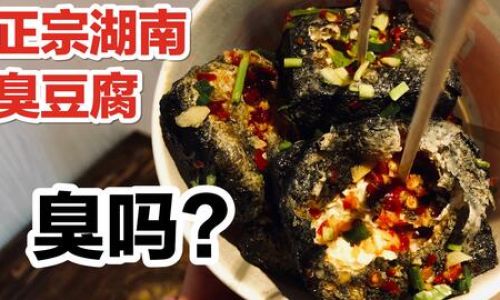
Coagulation: Turning Liquid to Solid
The next phase involves coagulation—turning the liquid soy milk into a semisolid curd. This is achieved by adding a coagulant, traditionally calcium sulfate (gypsum) or magnesium chloride (nigari). These salts react with the proteins in the soy milk, causing them to denature and form curds. The mixture is gently stirred to ensure even distribution of the coagulant, and as the curds separate from the whey, they are collected and pressed into blocks. These blocks, resembling fresh tofu, are the canvas upon which the magic of fermentation will unfold.
The Fermentation Process: Brine and Microbes
The defining characteristic of stinky tofu—its potent odor—emerges during fermentation. This step is where science and tradition converge. The tofu blocks are submerged in a fermentation brine, a concoction that varies by region and family recipe but typically includes a combination of saltwater, vegetables (such as bamboo shoots or Chinese cabbage), meat (often fermented fish or shrimp), and aromatic spices like star anise, cinnamon, or Sichuan pepper. Some producers also introduce specific strains of bacteria or mold, such as Mucor or Actinomucor, to kickstart the fermentation.
Over days or even weeks, the brine works its alchemy. The proteins in the tofu break down into amino acids, releasing compounds like indole and skatole, which contribute to the dish’s signature stench. Simultaneously, the carbohydrates ferment, producing lactic acid and other volatile organic compounds. This metabolic dance transforms the mild-tasting fresh tofu into a complex flavor bomb, balancing umami, saltiness, and a lingering funkiness.
Aging: The Alchemy of Time
Fermentation is not a one-size-fits-all process. The duration and conditions under which stinky tofu ages greatly influence its final profile. In Taiwan, for example, stinky tofu is often aged for just a few days, resulting in a milder aroma and softer texture. Conversely, in China’s Hunan province, producers may age the tofu for several weeks, yielding a pungent, almost cheesy intensity. Temperature control is paramount; warmer climates accelerate fermentation, while cooler environments slow it down, allowing for more nuanced flavor development.
Variations in Preparation: Regional and Artisanal Twists
Stinky tofu is not a monolithic dish. Its preparation varies widely across regions, each imbuing the tofu with distinct characteristics. In Taiwan’s night markets, stinky tofu is often deep-fried until crispy, served with pickled vegetables and a sweet-and-spicy sauce. In contrast, Hunan-style stinky tofu might be marinated in chili oil and garlic, offering a fiery kick to balance the funk. Some artisans even experiment with natural fermentation, relying on ambient microbes from the environment rather than standardized brines, creating batches that are unique to their locale.
The Role of Fermentation Vessels
Traditional stinky tofu makers often use ceramic jars or wooden barrels for fermentation. These materials are porous, allowing the brine to breathe and microbes to thrive while imparting subtle flavors from the container itself. Modern producers, however, may opt for stainless steel tanks for consistency and scalability. The choice of vessel, much like the brine recipe, is a closely guarded secret among families and businesses.
Cooking Methods: From Crispy to Creamy
Once fermented, stinky tofu is ready for its culinary debut. The most common preparation is deep-frying, which transforms the soft, almost custard-like interior into a molten, oozing center while crisping the exterior. Grilling or pan-frying are also popular, offering a smokier flavor profile. For the adventurous, stinky tofu can be simmered in broths, stewed with meat, or even served raw in sushi-like preparations in Japan, where it’s known as chirinabe.
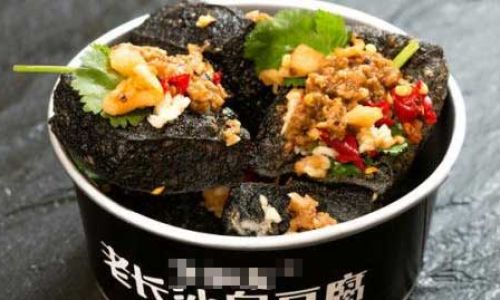
Nutritional Profile: A Fermented Powerhouse
Beyond its bold flavor, stinky tofu boasts nutritional benefits. The fermentation process enhances the bioavailability of proteins and vitamins, particularly B12. It also introduces probiotics, which support gut health. However, due to its high salt content from the brine, moderation is advised, especially for those with hypertension.
Cultural Significance: A Love-Hate Relationship
Stinky tofu’s aroma has earned it nicknames like “Chinese cheese” or “rotten tofu,” but its cultural resilience is undeniable. Street vendors selling the dish are fixtures in night markets, their stalls recognizable by the crowds gathered despite—or because of—the eye-watering fumes. For many, the first encounter with stinky tofu is a rite of passage, a test of culinary curiosity. While some recoil at the smell, others find themselves irresistibly drawn to its complex, addictive flavor.
Controversies and Modern Adaptations
The pungency of stinky tofu has not been without controversy. In densely populated cities, vendors face restrictions due to odor complaints. This has led to innovations like enclosed frying stations or pre-packaged, vacuum-sealed versions that minimize smell. Some chefs have even embraced the dish in high-end restaurants, pairing it with gourmet ingredients to elevate its status.
DIY Stinky Tofu: Challenges and Triumphs
Attempting to make stinky tofu at home is a labor of love. The process requires patience, precise temperature control, and a willingness to embrace the…aromatic side effects. Many home cooks start with store-bought fermentation brines, while purists insist on cultivating their own microbial cultures. Regardless of the method, the result is a testament to the transformative power of fermentation.
Conclusion: More Than Just a Smell
Stinky tofu is a testament to the ingenuity of fermentation and the depth of culinary tradition. From its humble soybean origins to its metamorphosis into a pungent, umami-rich delight, it embodies the interplay of science, culture, and craft. Whether loved or loathed, it remains a symbol of culinary audacity—a reminder that sometimes, the most memorable flavors are found in the most unexpected places. So the next time you encounter a whiff of stinky tofu, take a moment to appreciate the centuries of tradition and microbiology that went into creating that very scent. It might just change your perspective—and perhaps, your palate.
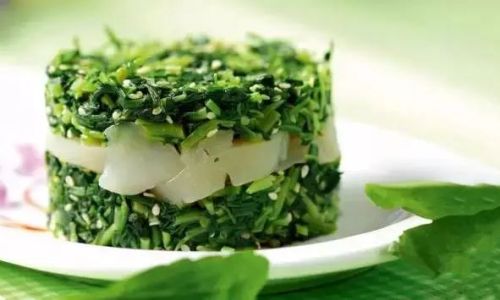
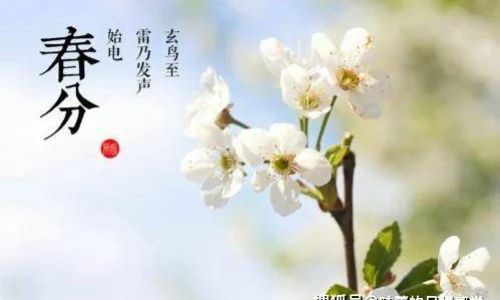
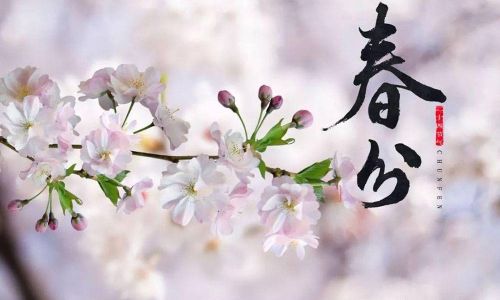
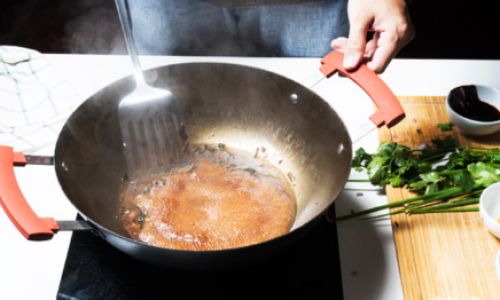
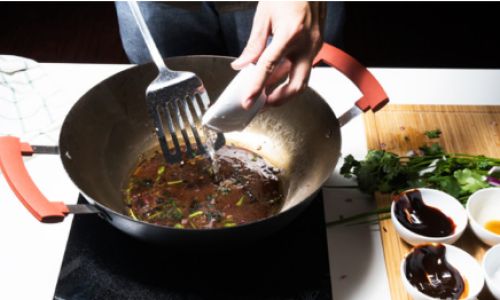
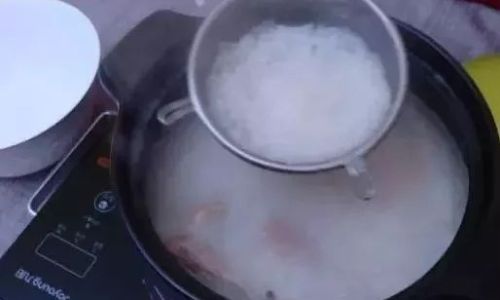
0 comments